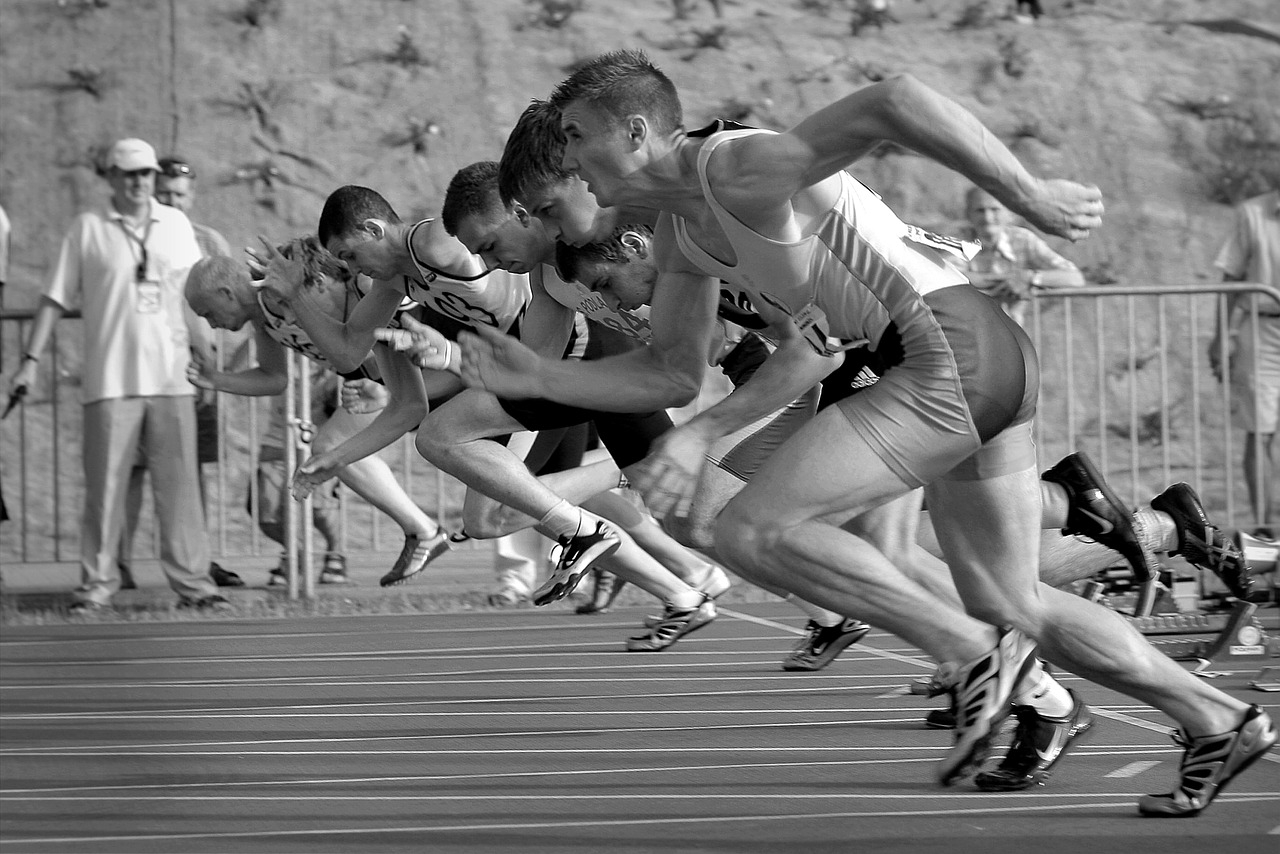Fitness enthusiasts are always looking for workouts that can take them to the next level in their fitness journey. Serious athletes are tasked with incorporating a diverse range of workouts to address specific training requirements such as speed, endurance, and agility. Characterized by short bursts of intense training followed by long rest periods, agility drills are the go-to for elite athletes who want that competitive edge. Even when used for recreational or general fitness, agility drills have been proven to prevent injury, improve balance, and help with proper form when performing other workouts.
When it comes to speed and agility, there are a few tried and true drills that can help you achieve peak fitness. If you’re looking to improve your speed and all-around athleticism, check out these classic agility drills.
High-Knee Forward Running Drills
This type of drill is one of the most frequently used by trainers when it comes to helping clients boost their speed. Most coaches and trainers encourage their athletes to use this routine to improve their stride length and enhance foot coordination.
To get the most out of high-knee forward drills, you will need an agility ladder in your training space. Run as fast as you can through the ladder with your knees as high as possible, landing your feet between each rung. A relatively simple routine, high-knee forward drills can be taxing on the body, so it is important to land on the balls of your feet and lean slightly forward to maintain proper form.
Lateral Running
Designed for pro athletes, lateral running has recently gained some popularity among workout enthusiasts and more casual exercisers. Designed to increase the stability of both the knee and ankle, lateral running drills serve as a mix of cardio, HIIT, and agility training.
To successfully perform a lateral running drill, you will need a workout ladder. Similar to the high-knee forward drills mentioned previously, you will land each foot between the ladder’s rungs, although going sideways. Slightly bend your knees to maintain a low center of gravity as you increase your step speed side-to-side through the ladder. While doing this, you need to ensure you land on the balls of your feet. Start your routine by running from right to left then switching periodically while maintaining proper form.
Dot Drills
This agility drill is among the best when it comes to building multi-directional speed, flexibility, and leg strength. Dot drills are also efficient for improving both knee and ankle strength, which helps with stability for athletes in sports such as soccer, basketball, and field sports. This training also helps with body coordination, allowing you to switch directions swiftly and smoothly.
When training, place five dots on the ground in an X shape, with two on each side and one in the middle. Using both feet, jump from dot to dot simultaneously. Begin at a slow pace, increasing your pace after warming up. You make this drill more challenging by hopping from dot to dot on one foot. During this workout, you can try out several different jumping patterns to achieve better results.
Shuttle Runs
For athletes who play high-intensity sports with regular bursts of speed, this drill is indispensable. Shuttle runs help build endurance, flexibility, and speed. You can also incorporate it in your personal training to help get rid of excess body fat.
To properly perform this drill, set your training space with two markers 25 yards apart. Sprint at top speed from one point to another and back again. Repeat this at least six times. Your trainer can help you tailor the routine to fit your specific exercise needs. Shuttle runs can also be modified into forward touch-return runs or forward-backward runs and side-to-side runs, all at high speeds.
Cone Drills
This routine is used by trainers and coaches to perfect multi-directional speed changes and flexibility in athletes. Cone drills are a popular go-to routine in the NFL to gauge a player’s speed and agility. To set up for this drill, place one cone on the ground, walk 5 yards ahead and place another. From here, walk another 5 yards either to the left or right and place another cone. The resulting shape should resemble a large L.
Take a three-point stance starting position on the first cone and sprint forward to the second cone maintaining a medium speed and with a lowered center of gravity. Touch the line at the center of the cone, then immediately sprint back to the first cone and touch the starting line using the same hand. Turn around and sprint back around the center cone, positioning your inside foot to make a sharp turn figure-eight around the third cone, then position your inside foot again for a sharp turn. Make a sharp turn while turning your inside foot and sprint back to the starting point. Do this at least three times while positioning the third cone to either the right or left.
Don’t Forget about Recovery
For muscle recovery after a peak fitness session, individuals should relax and lower their heart rate through moderate exercise such as walking or riding on the recumbent bike. Post-training, be sure to add in some flexibility exercises to relax the body and slow your heart rate. Taking the time to learn proper form and prioritizing recovery are the keys to successful agility training.

